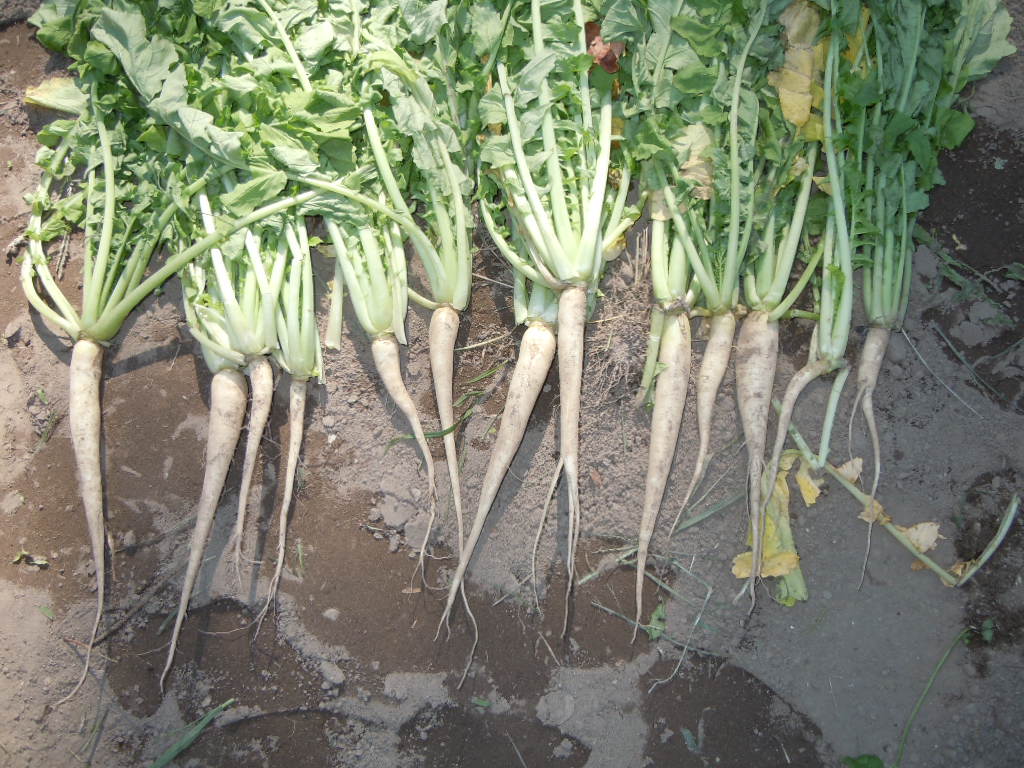In September 2011 I posted about an Ohio farmer that planted into “out of control” peas and shared about his story of how the field was looking pre-harvest. I have recently visited with Dave (the producer) and he shared the information that a number of you asked for…and also surprising yield data. Dave farms with his father-in-law Ron in Mercer County, Ohio near Rockford (NW Ohio).
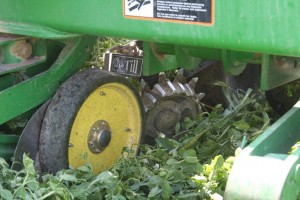
Here are Dave’s observations and the 2010-2011 field history:
- Hog Manure applied late summer of 2010 – 5000 gal/ac
- No other fall fertilizer
- N-Vest Groundbreaker Mix (Austrian Winter Peas and GroundHog Radish) planted Labor Day weekend 2010
Peas that survived – and other weeds, wheat, clover, etc. – were sprayed (after a wet, wet spring) on June 2, 2011.
________________________________________________
Herbicide/Insecticide Mix: (rates per acre)
20 gal Water
Alliance – .2 gal (1 gal/100 gal water)
Roundup WeatherMax – 44oz
Weedone 650 – 1pt
PowerLock Surfactant – 6oz
Baythroid (insecticide) – 2oz
Corn was planted on June 3, 2011.
Additional Fertilizer applied (in addition to nutrients from manure and N from peas)
20 gal/ac 10-34-0 starter fertilizer with 1qt/ac zinc
40 gal/ac 28-0-0 side dress with Agrotain N stabilizer
Results
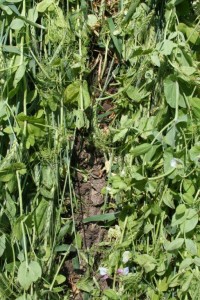
Weigh wagon test showed 215 bu dry yield. Dave guesses the whole field average was between 200-215 dry (he has no scales at home to check weight of entire crop).
Dave also thinks that the yield was 10-15 bu better that most of their other corn (w/o manure and w/o cover crops).
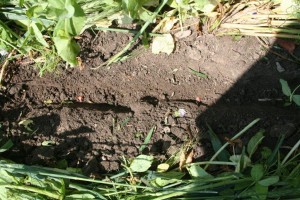
All things considered…the wettest spring in Eastern Corn Belt History, late planting date, planting into 3+ foot tall peas, < 1″ of rain in the month of July (with 22 days 90 degrees or more), a wet fall that delayed harvest..and the result was over 200 bushels/acre. I’d take that everyday for that part of Ohio, and so will Dave and his father-in-law Ron.
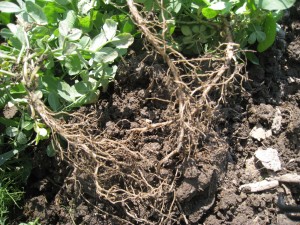
Other observations from Dave:
Positives:
Better soil structure
Deeper root penetration by corn roots
Great seedbed to plant into
Great soil cover after cover crop was killed
Better water retention thru the dry months
Nutrients saved from hog manure
Negatives:
Too much growth in wet spring
Took a lot of time to plant due to pea growth
Thanks Dave for sharing your story!
